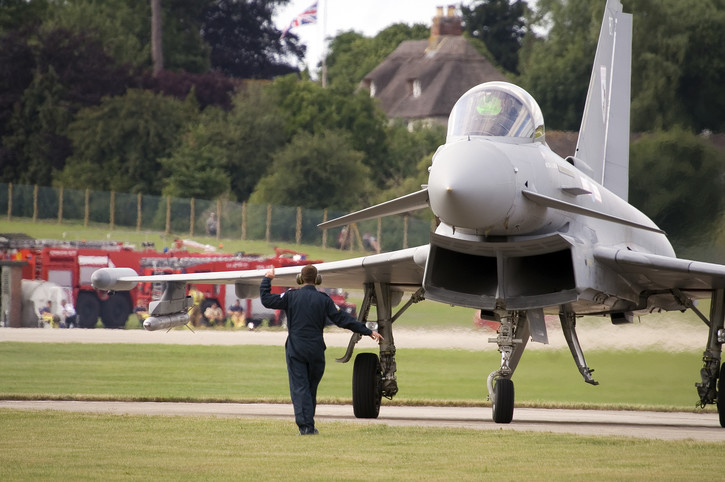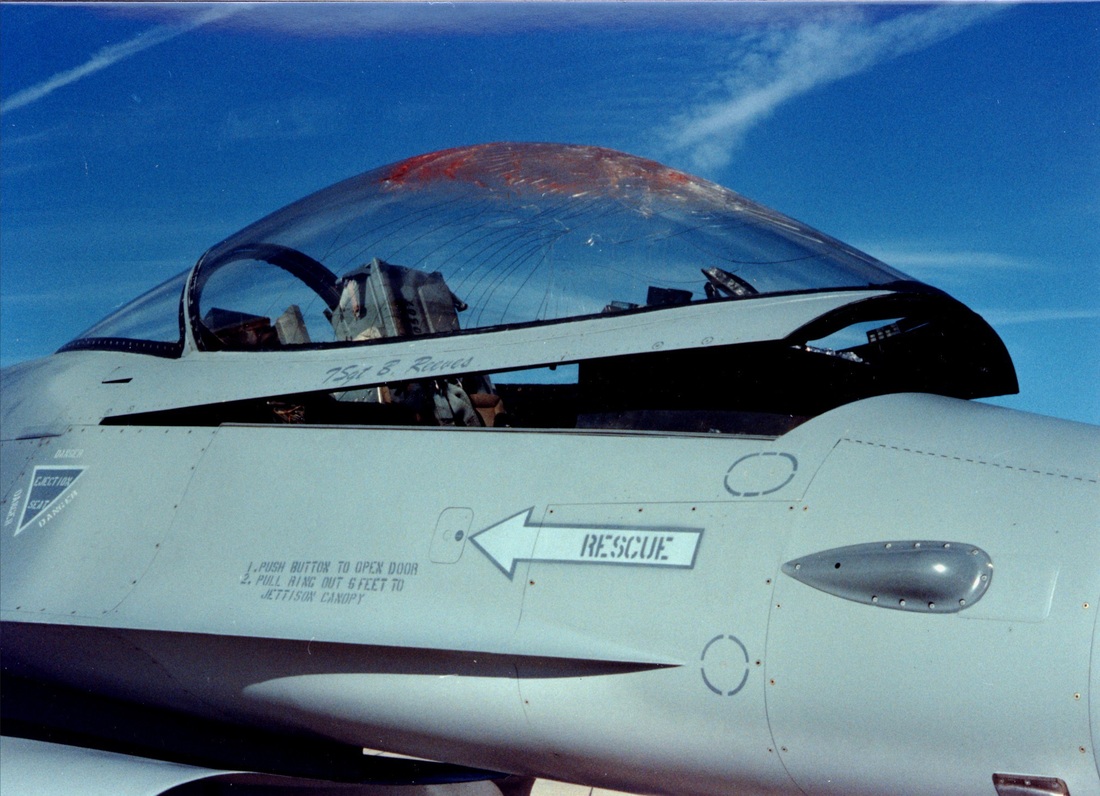OverviewA bird strike is strictly defined as a collision between a bird and an aircraft which is in flight or on a take off or landing roll. The term is often expanded to cover other wildlife strikes - with bats or ground animals.
Bird Strike is common and can be a significant threat to aircraft safety. For smaller aircraft, significant damage may be caused to the aircraft structure and all aircraft, especially jet-engined ones, are vulnerable to the loss of thrust which can follow the ingestion of birds into engine air intakes. This has resulted in a number of fatal accidents. Bird strikes may occur during any phase of flight but are most likely during the take-off, initial climb, approach and landing phases due to the greater numbers of birds in flight at lower levels. Since most birds fly mainly during the day, most bird srikes occur in daylight hours as well. The ProblemAn unexpected failure, occurred during the routine safety assessment tests of a new jet plane, represented a serious threat for several ongoing selling contracts. The problem was caused by the coincidence of mistakes and casualties by the windshield supplier, the design and simulation team and the test team during the preliminary design verification phases.
The SolutionThe problem was solved by verifying the real rate-dependent mechanical properties of the windshield’s polycarbonate and methacrylate layers, then developing a more accurate numerical model to match the results of the failed test and finally using the verified numerical model to accurately improve the design until a significant safety margin was reached. The windshield supplier admitted the responsibility and provided new windshield prototypes quickly and free of charge.
Thanks to our intervention and expertise the new official tests were passed in time to respect all the contracts. |
|


